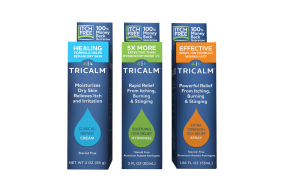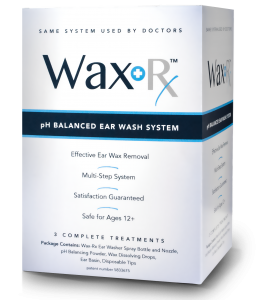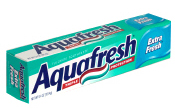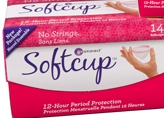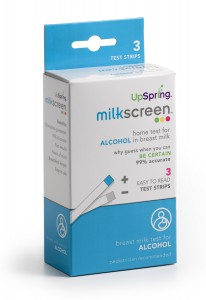True or false?
- The best way to identify the right broker is to ask the buyer for a recommendation.
- Hire the “hungriest” broker you can find that is in need of more lines to carry.
- Show your presentation to several brokers in the market before hiring one.
- Only hire a broker that aggressively asked to represent your product.
- Let the broker go on the first call without you to “feel out” the buyer.
- Negotiate the commission rate on a broker-by-broker basis.
- Ask the buyer if (s)he would rather have a broker or a deeper discount instead?
- It’s always best to hire a broker that is “best friends” with the buyer.
- If you have brokers, then you don’t need a company sales person or manager.
- It’s always best to have a broker for every account in the country.
The answer to all of the above questions is “false.” Let’s discuss why. Call David Biernbaum at 314-434-6008.
WHAT ARE THE MOST COMMON MISTAKES IN HIRING BROKERS AND GOING TO RETAIL?
1.Failing to do proper research on the viability of your business idea.
2.Miscalculating market size, timing, ease of entry and potential market share.
3.Underestimating financial requirements and timing.
4.Hiring for convenience, rather than skill requirements. Friends and relatives might be less expensive, but they probably do not have the right expertise in a very complex CPG environment.
5.Hiring random brokers for accounts without a national plan. Not using a master broker, or “hands-on” consultant in the CPG industry to help you do it the best way.
6.Starting out on your own, without a CPG retail expert. Relying strictly on your product knowledge and your other business experience is not going to work out well. This is a specialized field.
7.Approaching the retailer without the ability to explain your research, marketing plan and business proposal. To do so is just asking for trouble (e.g., pay on scan.)
8.Seeking confirmation of your actions, rather than seeking the truth.
9.Underestimating (or not knowing) the true cost of doing business with chain retailers.
10.Making your initial sales call without taking a retail expert or someone with extensive accounts knowledge with you.




